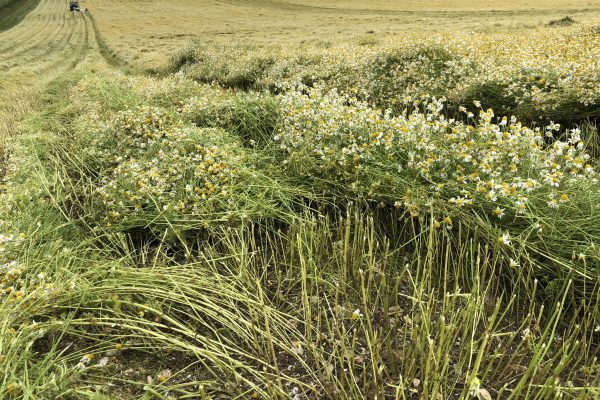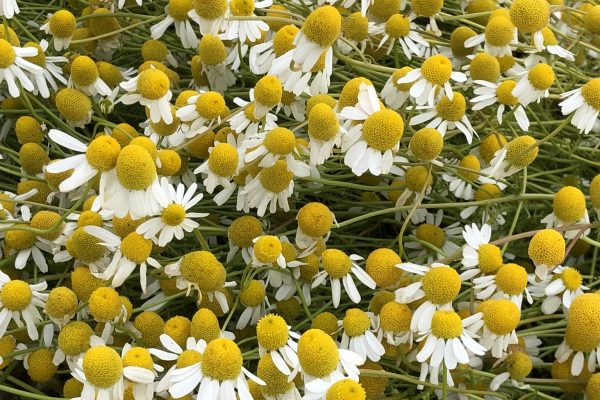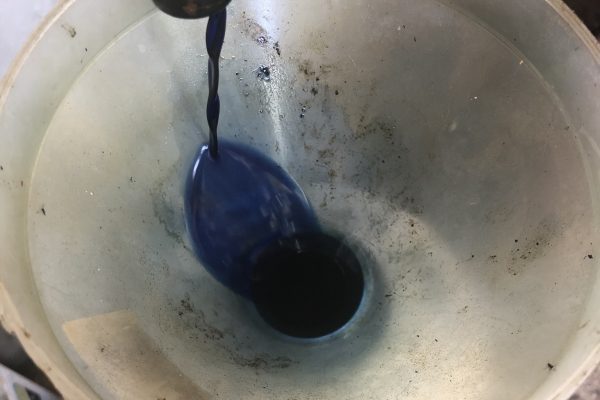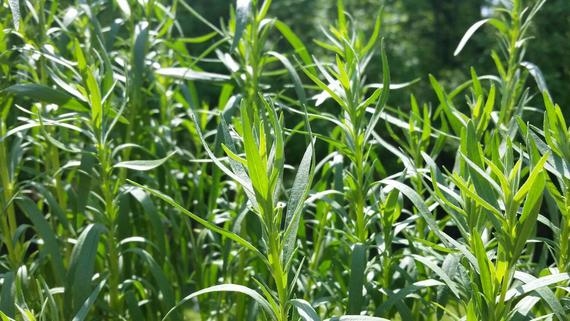We have been growing perennial sage for some years now. But this year we have gone into it in a much bigger way and have added annual sage and other herbs with a lot of variety.
Sage
Deriving its name from the Latin word “salvere”, meaning “to be saved”, Sage has an enduring history as a medicinal plant, stretching back to Ancient Egyptian times where it was used to boost fertility. Of its many uses, it was traditionally used as a remedy for inflammation of the mouth and throat, as a tooth polish and gargle and an elixir of overall good health.
In around 800 AD, Charlemagne – King of the Franks – decreed that every farm on crown lands must grow Sage “for the benefit of the nation”. This herb has been regarded as an invaluable tool used by traditional healers around the world for centuries. Nowadays it is still regarded as a potent medicine against the three main causes of disease; bacteria, viruses and fungi.
Anti-Inflammatory: One of the best known uses of this versatile herb is as an anti-inflammatory. Whilst this has been known for centuries by herbalists, scientific studies have now unearthed the powerful anti-inflammatory compounds that allow Sage to work its magic. This makes Sage a wonderful herb for those with inflammatory conditions such as arthritis, gout or general inflammation of the cardiovascular system.
Brain Boosting: Sage’s power to enhance memory and the cognitive process was noted in a double-blind, placebo controlled study in June 2003. The researchers believe that this study has serious implications for people suffering from Alzheimer’s, and that Sage could potentially be used on a much broader basis by anybody who wishes to improve their memory.
Menopause: Whilst studies of Sage in this area are quite limited, it has been well documented for centuries that its use in the alleviation of night sweats and hot flushes has considerable effect.


One of the most important medicinal herbs of Medieval Europe, it was thought that Sage had the power to cure all imaginable diseases – a belief held so strongly that no self respecting Apothecary’s Garden could be without it!
This year we have also grown:
German Chamomile
We grow this for its oil which is a deep, inky-blue some what viscous oil with an intensely sweet, herbaceous odour with a fresh fruity undertone. We harvest the crop when flowering and steam the heads to produce a pure undiluted oil that has an intense odour which many find overwhelming and unpleasant. The oil is renowned for its soothing properties and is especially useful for dry, problem and irritated skin. It is also very effective for everyday aches and pains and for promoting a good nights sleep.



French Tarragon
French Tarragon, also known as estragon, is a species of perennial herb in the sunflower family. It is widespread in the wild across much of Eurasia and North America, and is cultivated for culinary and medicinal purposes.

Fenugreek
Fenugreek is an annual plant in the family Fabaceae, with leaves consisting of three small obovate to oblong leaflets. It is cultivated worldwide as a semiarid crop.
Its seeds and leaves are common ingredients in dishes from the Indian subcontinent.

